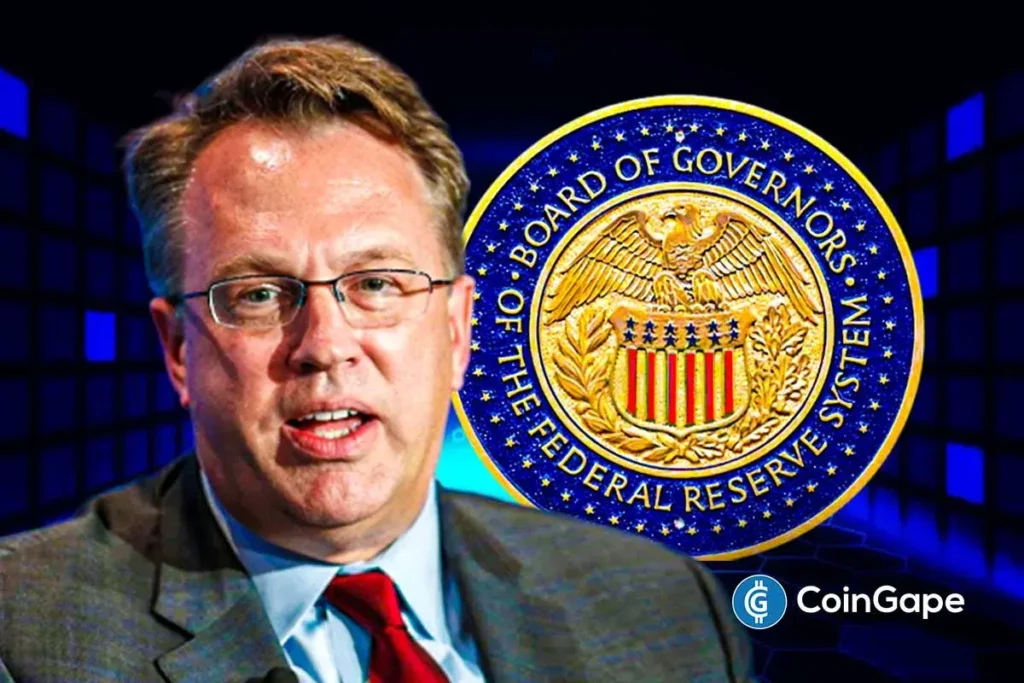Title: Fed Officials Discuss Potential Rate Cuts Ahead of September Meeting
As the September Federal Open Market Committee (FOMC) meeting approaches, economic forecasts and policies are taking center stage, especially with recent comments from John Williams, President of the New York Federal Reserve. His insights could shape the future of interest rates and the broader U.S. economy in the coming months.
John Williams on Rate Cuts and Economic Indicators
In a recent CNBC interview, John Williams hinted at the possibility of a Fed rate cut if inflation trends downward and the economy maintains equilibrium. Williams described the current interest rates as "modestly restrictive," suggesting that there’s flexibility for reducing rates while continuing to uphold a restrictive monetary stance. His comments came in close succession to those of Fed Chair Jerome Powell, who, during the Jackson Hole conference, discussed the potential need for a policy adjustment due to rising risks related to employment.
While Williams acknowledges the importance of monitoring inflation and labor market data to inform decisions, he underscored the resilience of the labor market. The unemployment rate currently stands at 4.2%, which Williams argues merits consideration beyond the recent nonfarm payroll figures that fell short of projections. His perspective highlights a nuanced approach to interpreting economic indicators.
Impact of William’s Voting Power
Williams holds a pivotal role as a voting member of the FOMC, arguably influencing the decision regarding a potential rate cut in September. The ongoing conversations and economic analysis culminated in a spike in the likelihood of a rate cut, supported by experts like Morgan Stanley, who are anticipating such a shift at the upcoming meeting. This consensus reflects a broader uncertainty and the need for adaptability in monetary policy.
Market Anticipation of Rate Cuts
Current data from CME FedWatch indicates that market participants are highly optimistic about a September rate cut, with an 88.2% probability of a 25 basis points decrease in interest rates. This sentiment illustrates a collective belief in the necessity of a policy shift to address economic conditions effectively. As traders speculate on forthcoming decisions, the implications for various sectors, including housing and investments, are substantial.
Political Pressures and Federal Reserve Dynamics
Adding to the dynamic backdrop is U.S. President Donald Trump’s push for a rate cut. His administration is attempting to reshape the Fed Board by removing Fed Governor Lisa Cook, who has publicly stated she will contest her potential dismissal, citing legal grounds. Trump’s nomination of Stephen Miran to the Fed Board, intended to replace Adriana Kugler, signals a desire for allied voices within the Fed as the administration seeks to influence future monetary policymaking. Accelerating the confirmation process for Miran could pave the way for a single vote on critical economic decisions at the September FOMC meeting.
The Balanced Approach towards Economic Decisions
John Williams has emphasized the need for a balanced view of economic risks. His optimistic assessment of the labor market contrasts with Powell’s caution regarding emerging risks, prompting discussions on the broader impact of policy decisions on employment and inflation. The challenge lies in utilizing data-driven insights to navigate the complexities of monetary policy, ensuring that the Fed adapts to evolving economic conditions without compromising long-term growth prospects.
Conclusion: Keeping an Eye on Future Rate Decisions
As we draw nearer to the September FOMC meeting, all eyes remain on how the Fed will choose to navigate these intersecting economic pressures. The interplay between market sentiment, political influences, and the careful monitoring of economic indicators will continue to shape discussions on interest rates. Whether the Fed opts for a rate cut or maintains a status quo, the decision will undoubtedly have wide-reaching implications across various sectors of the U.S. economy. As always, the Fed’s ability to balance growth with inflationary risks is paramount in crafting effective monetary policies for the future.


